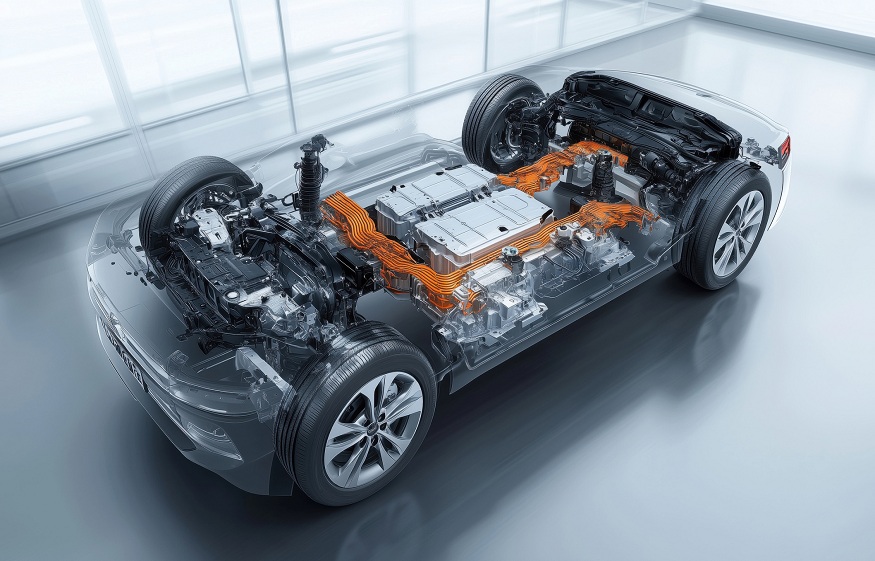
You probably don’t think twice when you jump in your car for that morning drive to school or work. You grab your keys, crank the ignition, and hit the road. But the technology inside has racing roots. Engineers have long tested technology at high speeds on racetracks.
Racing: The Ultimate Testing Ground
Picture a race. Cars speed past, tires screeching. Drivers brake hard, swerve, and ride the clutch. Any survivor of that race is ready for your commute. The trophy is the goal, and teams risk all for a hundredth of a second. Lightweight carbon fiber? Check. Predictive telemetry? Check. What starts as a last-ditch plan to cross the finish line first eventually rolls into the auto mall by the end of the year.
Materials That Changed Everything
Today’s racing machines wear super-light, super-tough stuff that feels like magic. Carbon fiber wraps around the driver like a protective cocoon. Advanced motorsport composite materials make cars both safer and faster. The experts at Aerodine Composites explain that these materials can take a massive hit and still protect what’s inside.
Your everyday ride benefits from that same magic. Beefed-up steel in the doors and under the hood means a smaller crunch in a crash. Greener, lighter materials shave gas use and keep the wallet happier.
Engines That Work Harder and Smarter
Race motors deal with stuff that real life won’t touch – monster throttle, monster heat, and a clock that never stops. Builders learned to milk every drop of gas and pour it into horsepower. Bespoke cooling ducts and extra-strong parts mean these beasts keep roaring lap after lap.
Today’s regular engines use direct fuel injection, which racing pioneered. The car’s computer modifies the engine according to your driving. These systems were first used in racing. Even hybrid technology got its start in racing, where teams looked for any edge they could find.
Safety Features Born from Danger
Driving a race car looks risky, but the sport has made regular vehicles a lot safer. Almost every safety part in the car you drive has a racing origin. Anti-lock brakes stop the wheels from skidding when you hit the pedals hard. Traction control stops tires from spinning when the road is slick. Electronic stability control steps in to stop rollovers before they start.
Airbags, crumple zones, and stronger body frames are also racing spin-offs. When a driver crashes at 200 mph and climbs out fine, engineers take notes. They turn what they learned in the paddock into features that protect kids driving to school and grandparents shopping for groceries.
The Digital Revolution on Wheels
Today’s race cars are really just very, very fast computers on the track. They have hundreds of sensors checking tire pressure, engine heat, and a thousand tiny things, sending info to the pit every split second. That data helps crews decide whether to change tires or wait just a bit longer.
Your car is picking up the same moves. GPS tells you the quickest route. Parking sensors beep and flash when you get too close to a pole. Some models can stomp on the brakes if a door or child darts in front of you. All this high-tech aid started on the track, where every millisecond and bit of info counts toward victory.
Conclusion
Every year, the space between racetracks and the family driveway shrinks a little more. Electric race cars improve battery tech, benefiting your hybrid’s packs. Race car sensors are also used in regular cars. When you go to the store, remember this tech was once for racers. Racing breakthroughs help everyday drivers. The track and the road aren’t so different after all.






Leave a Reply
You must be logged in to post a comment.